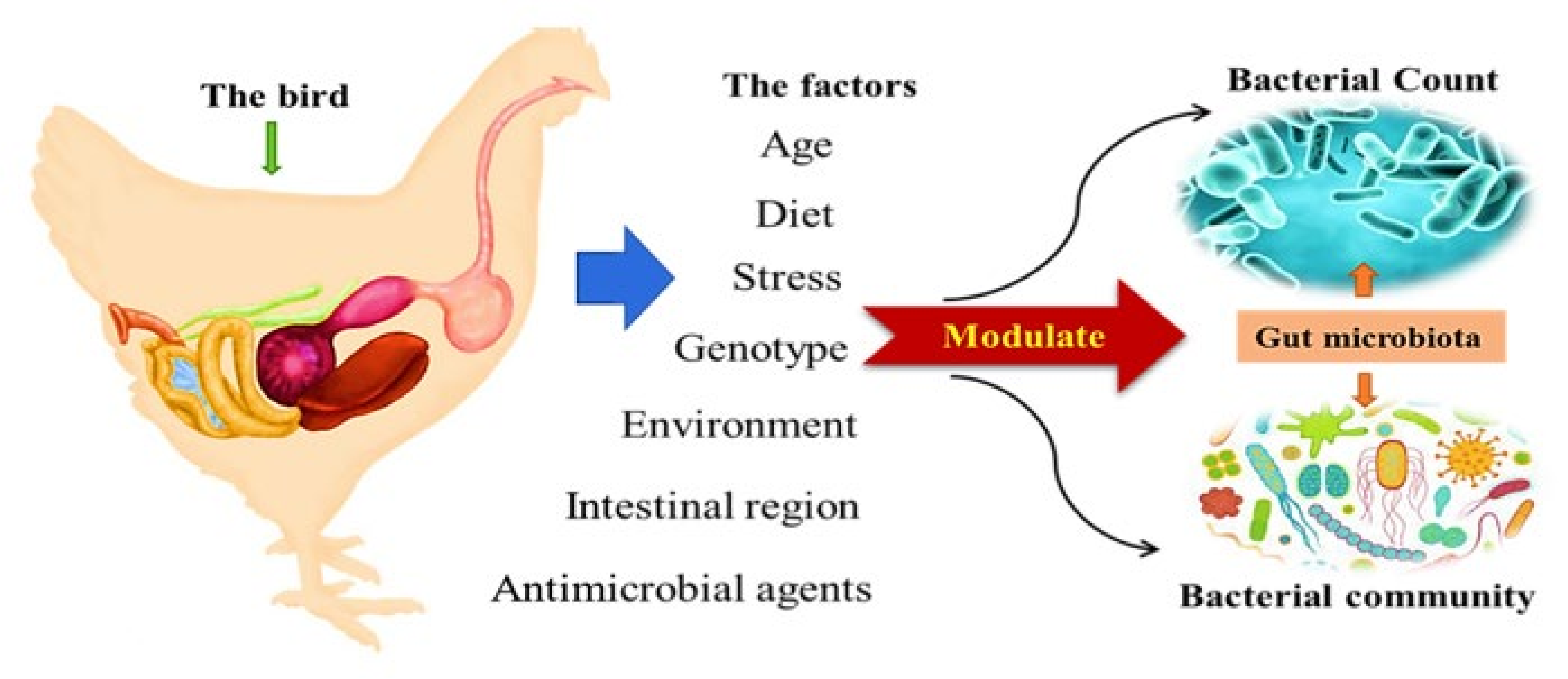
We will measure success on the basis of whether flocks are Campylobacter-positive or -negative, on levels of flock colonisation and numbers of the bacteria in caeca and on carcasses. Both play a role in susceptibility of birds to Campylobacter and also influence its in vivo behaviour. We will determine their effects on Campylobacter carriage, bird gut health and the gut microbiome. Past work has had mixed success but our preliminary data indicate that we have products with potential. We will examine methods for enhancing bird resistance to Campylobacter through the use of potentially probiotic bacteria and prebiotic diets. We will identify these and the mechanisms for intestinal colonisation, using post-genomic techniques. Nothing is known about mechanisms by which Campylobacter leaves the chicken gut. Research suggests that host stress and innate immune responses can create invasive Campylobacter phenotypes. Campylobacter can be isolated from edible tissues of chickens. Our proposed field studies will also determine what strains of Campylobacter are present in the farm and surrounding environment, how these vary over time and by season and how such strains relate to those in broilers on those farms. Bird general and gut health play major roles in susceptibility to Campylobacter and we will investigate this. Similarly, our understanding of the within flock epidemiology of Campylobacter is poor. Understanding of the mechanism and timing of entry of Campylobacter into broiler houses and initial colonisation of the flock is lacking. We seek to identify the mechanisms by which these processes occur at the molecular level and examine survival in the farm environment and through the food chain.

Mechanisms by which Campylobacter survives in the farm and processing environments, transmits to broilers and subsequently colonises them are not well understood. Broilers become infected during production from the environment.

Surface levels can be high, posing a cross-contamination risk and extra-intestinal spread to muscle and liver increases the chance that Campylobacter survives cooking. Chicken carcass contamination presents two threats. EFSA estimates that poultry is responsible for up to 80% of cases. Campylobacter is a major food borne pathogen in the EU, estimated to infect 1% of people.


 0 kommentar(er)
0 kommentar(er)
